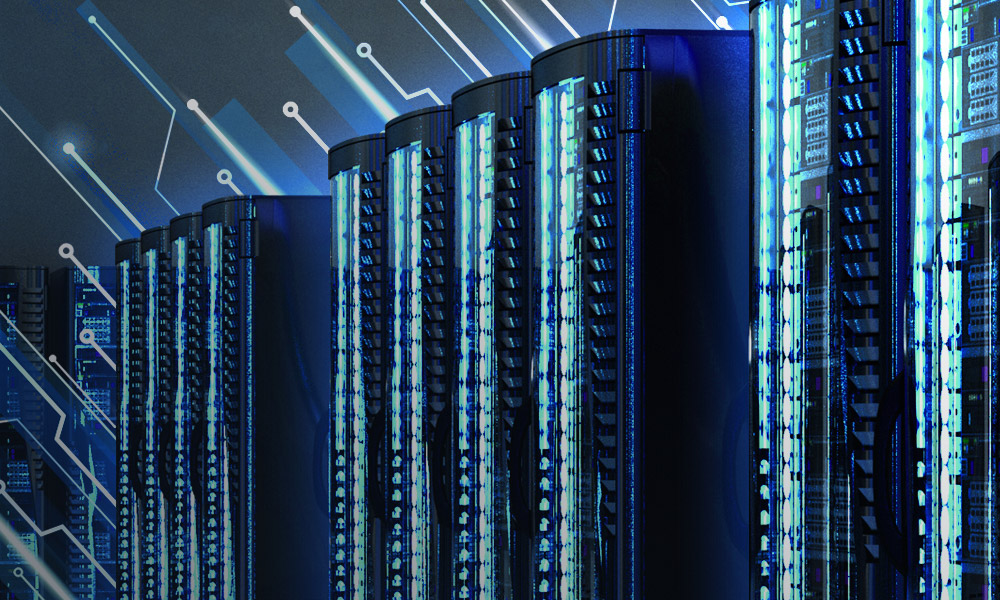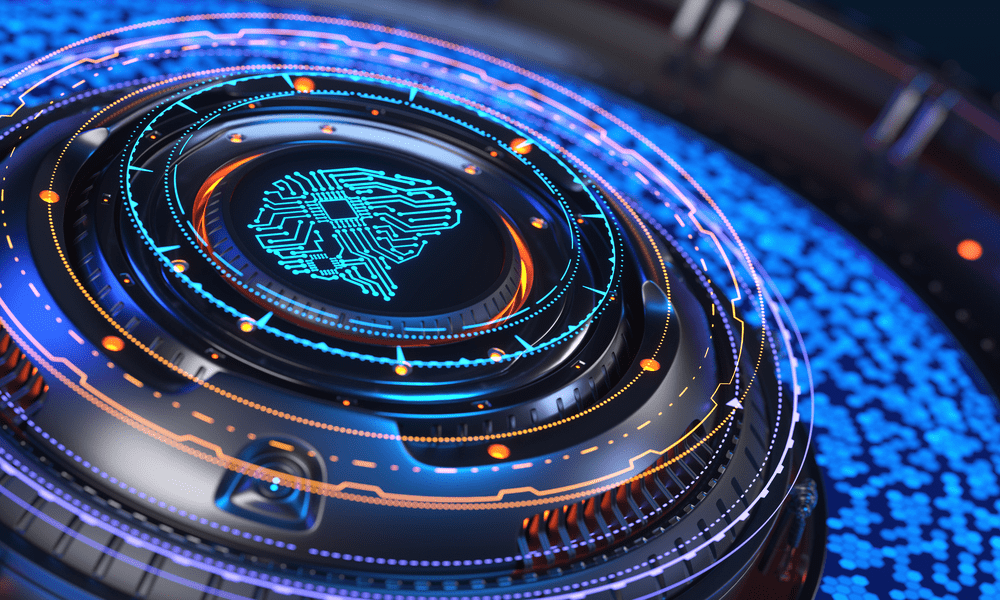The Environmental Cost of Your Netflix Marathon

Netflix is among the world's largest video streaming platforms and has gotten subscriptions from millions of users. Unlike in the past, when you had to ride or walk to a studio for a movie, Netflix has enabled you to stream your best movie in the comfort of your home. However, bingeing on Netflix comes with a lot of unsustainable environmental impacts.
The data centers use much power on video streaming and internet data transmission. In this article, we tell you why these data centers are not environmentally friendly and the steps they offer more sustainable solutions.
Data centers and video streaming
All the information you can access on the internet is stored in data centers – making them sort of the "brains" of the internet. They have a massive role in storing, processing, and generating data across a large array of information we rely on daily. Video streaming is one of the activities that hugely relies on data centers for transmission of information – and they use a lot of energy.
To deliver these video streaming services, data centers use various information technology (IT) equipment, all of which require electricity. Servers respond to data requests from streaming platforms like Netflix with algorithms and logic, while storage devices contain the files and data required to answer such requests.
The data center's network equipment links it to the internet, allowing input and output data transfers. The electricity utilized by these IT gadgets is eventually transformed into heat, which must be drained from the data center by electricity-powered cooling systems.
Why are data centers not environmentally friendly?
There are many data centers worldwide, and each of them is power-hungry, with thousands of servers that require electricity. Keeping in mind that some electric sources are not sustainable, combining the amount of power these data centers use makes it even worse.
The emergence of hyper-scale data centers bigger than football fields has increased the electricity demand. These big data centers use almost 100 terawatt-hours per year – thanks to their servers that run 24/7.
While the creation of giant data centers has been deemed extremely useful to businesses and the world economy, as well as allowing billions of people to work and binge every day, it is taking a significant toll on the environment. It requires a lot of electricity to power millions of servers and runs the cooling systems that remove the enormous heat created by power-intensive computers.
Data center sustainability solutions
As we have already seen, data centers require a lot of energy to run and transmit enormous amounts of data. However, some data centers are taking steps to ensure they become more environmentally friendly. A good example is Nordic data center operator DigiPlex which has taken the initiative to use its waste heat produced in its facility in Ulven, Oslo, to warm more than 5,000 apartments. DDC Cabinet Technology has also been at the forefront of making data centers more sustainable by manufacturing energy-efficient server cabinets.
Another excellent solution is by neuCentrIX, which offers collocation centers to address the increased demand for cloud-based internet solutions. Companies dealing with large amounts of data can now rent colocation centers and cut the need for having individual data centers.
In conclusion, the new hype for video streaming is causing a lot of damage to the environment. Data centers need to be more sustainable and use the available solutions to reduce their energy consumption and carbon emissions.

















